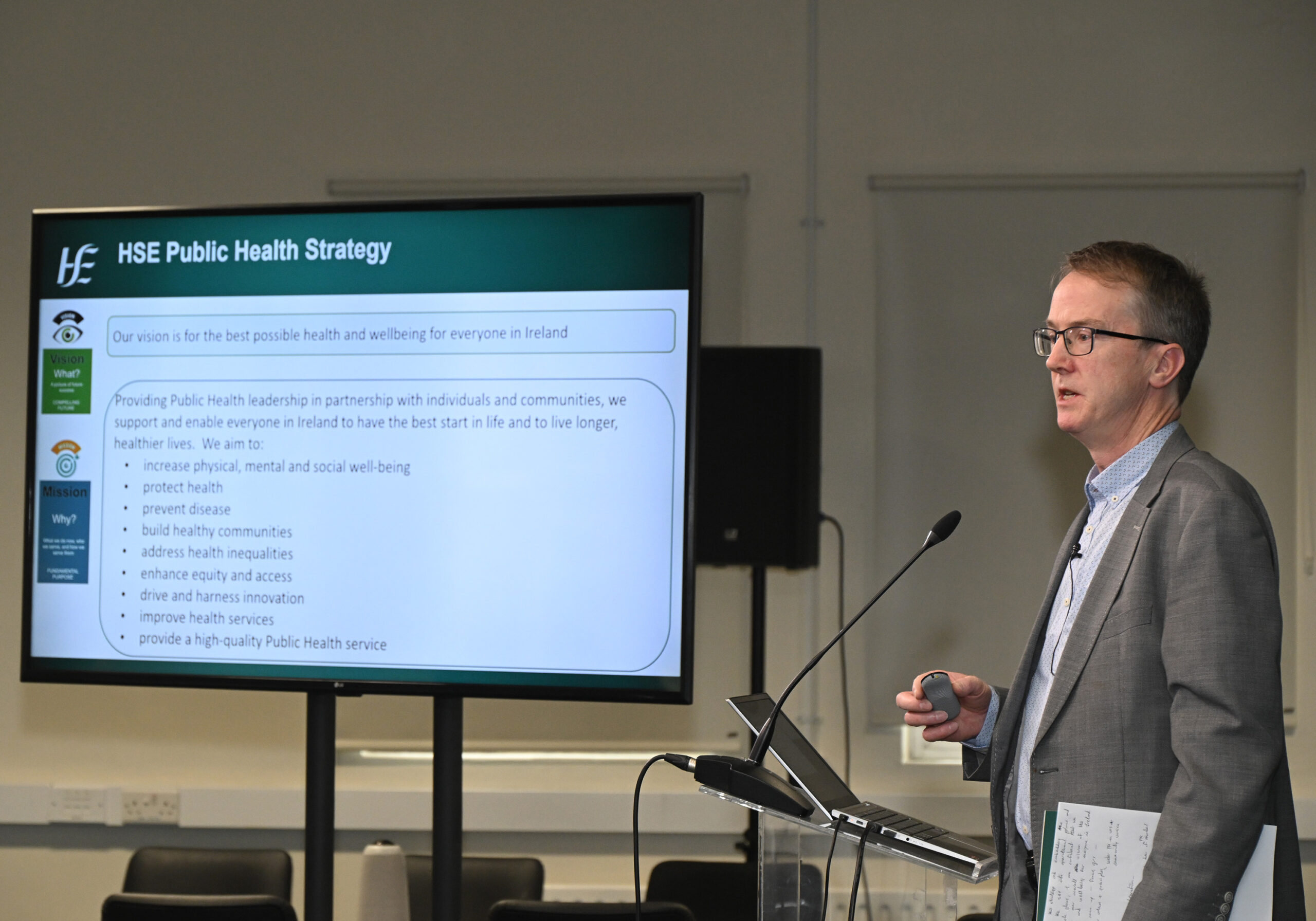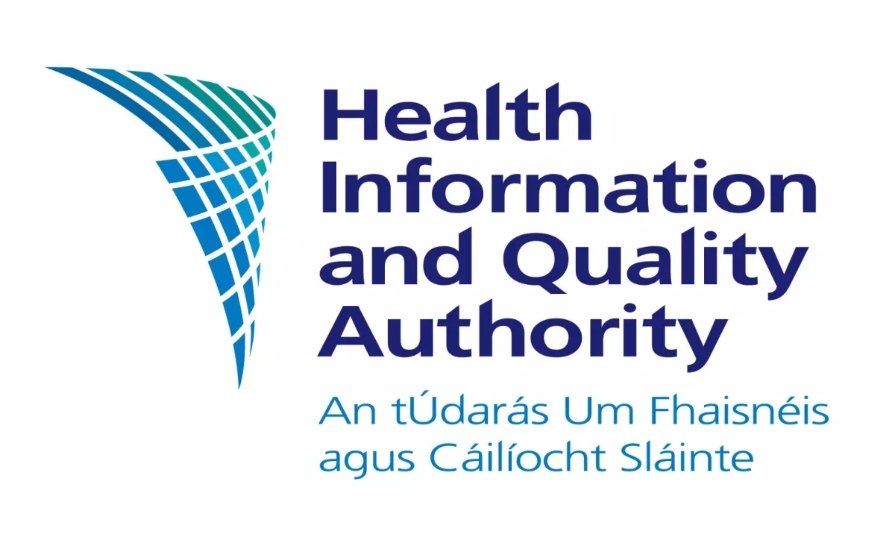A new Department of Health report has been criticised for focusing on “savings” rather than investment in capacity.
The Organisation was reacting to the report An Examination of Trends in Activity, Expenditure and Workforce in Publicly Funded Acute Hospitals in Ireland.
It was published alongside Productivity and Savings Taskforce Action Plan by the Department.
The Action Plan sets out a programme of savings targets aimed at minimising the level of financial risk the HSE is facing in 2024, and a range of productivity measures that aim to maximise access to health services.
Savings of approximately €424 million in 2024 (€554 million full year saving) are being targeted including medicines expenditure, non-pay costs, procurement costs, the cost of care in long term residential care for older people, and management consultancy costs.
The IMO warned the a focus on health savings risks repeating “regressive austerity-era mistakes”. The Organisation said that inadequate capacity and workforce staffing had a major detrimental effect on the patient journey, leading to unnecessary delays and poorer outcomes.
Prof Matthew Sadlier, Chair of the IMO consultant committee, said “it is surprising and disappointing to see [the] Department of Health … highlight the need for savings in the health service, especially considering similar Government policy during the recession had negative ramifications which are still being experienced to this day”.
“The health service’s main problem is that we have neither the beds nor the doctor numbers to meet ever-growing patient demand.”
Prof Sadlier commented that while the healthcare budget has increased in recent years “that must be seen in the context of restricted budgets for over a decade and a population that has increased beyond expectations leading to increased demand”.
An Examination of Trends in Activity, Expenditure and Workforce in Publicly Funded Acute Hospitals in Ireland was prepared after data was requested by the Minister on performance and productivity across the health service and provides a base line against which to measure future productivity improvements.
It shows how activity in hospitals has changed between 2016 and 2022. The paper is intended to facilitate the work of the productivity taskforce to identify where, and how, productivity can be improved within the health service.
On the reports’ publication, IHCA President Mr Rob Landers said: “Consultants are working tirelessly every day in a disjointed system which is impacting the patient experience.”
“In the public system, with half the recommended number of operating theatres in place, consultants are having to wait to get access to limited theatre time and other basic resources needed to diagnose and treat their patients. If consultants are waiting, patients are waiting.”
He added the IHCA welcomed “any analysis which serves to bring scrutiny to the ongoing capacity deficits being experienced in our health service”.
“We continue to encourage those charged with developing and administering health policy to collaborate constructively. It is regrettable that this did not allow for input into the recently established government productivity taskforce, something which can be easily rectified.”
Minister for Health Stephen Donnelly said “as well as improving access and patient outcomes, we must ensure that we are maximising productivity in our health service.”
“That is why I commissioned extensive research into productivity in our acute hospitals. Our acute hospitals account for a third of our healthcare spend, so it made sense to focus our initial analysis here.”













Leave a Reply
You must be logged in to post a comment.